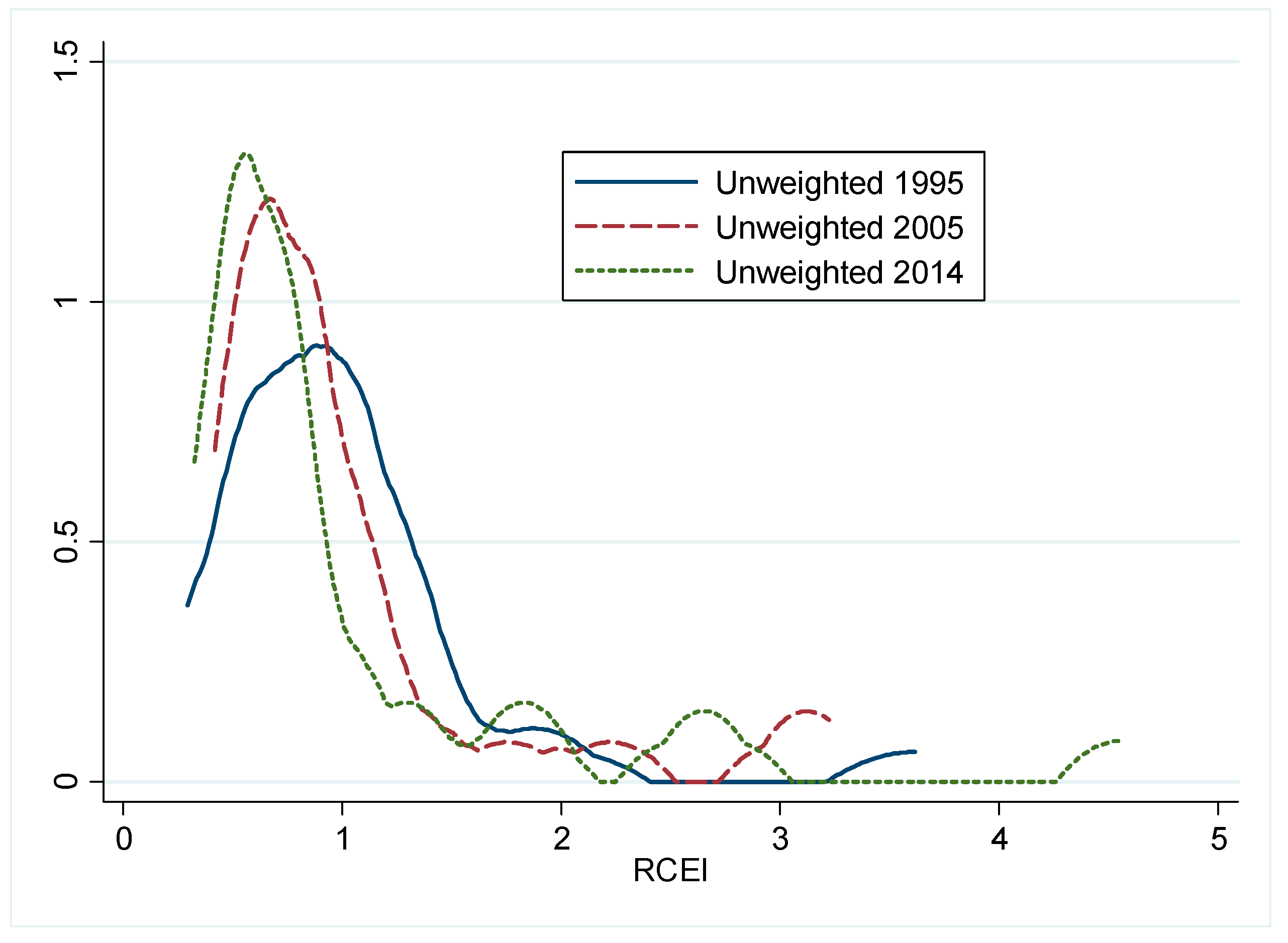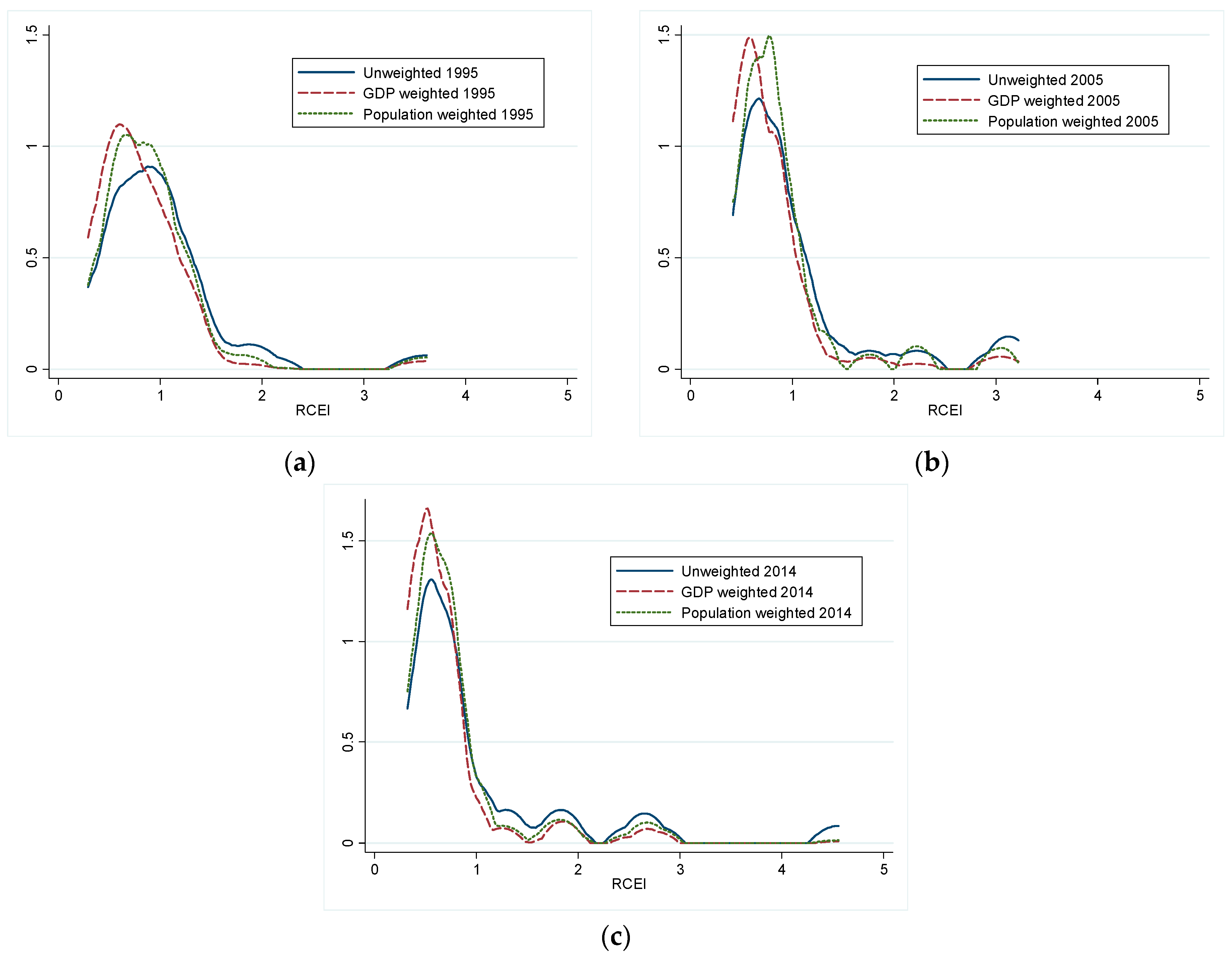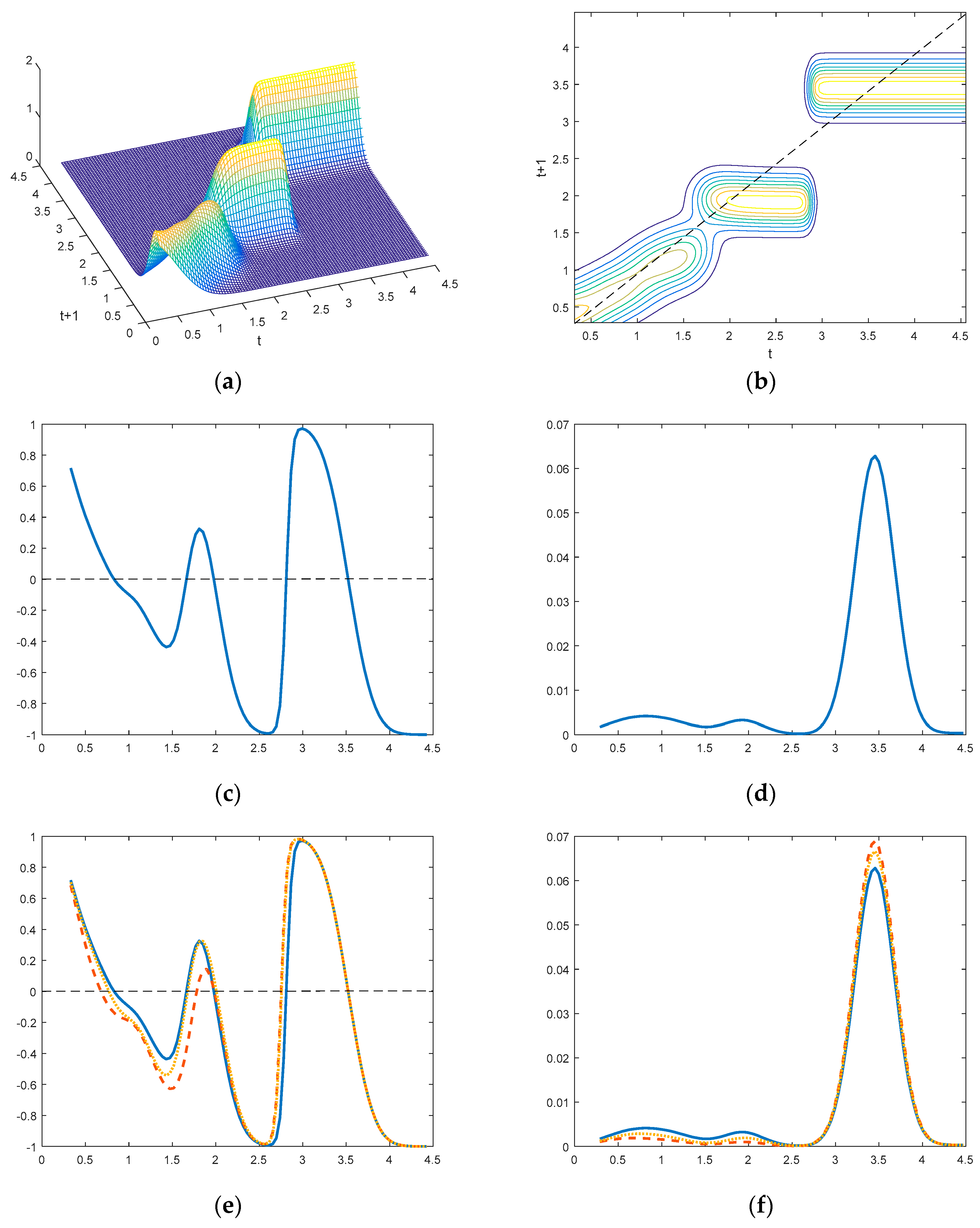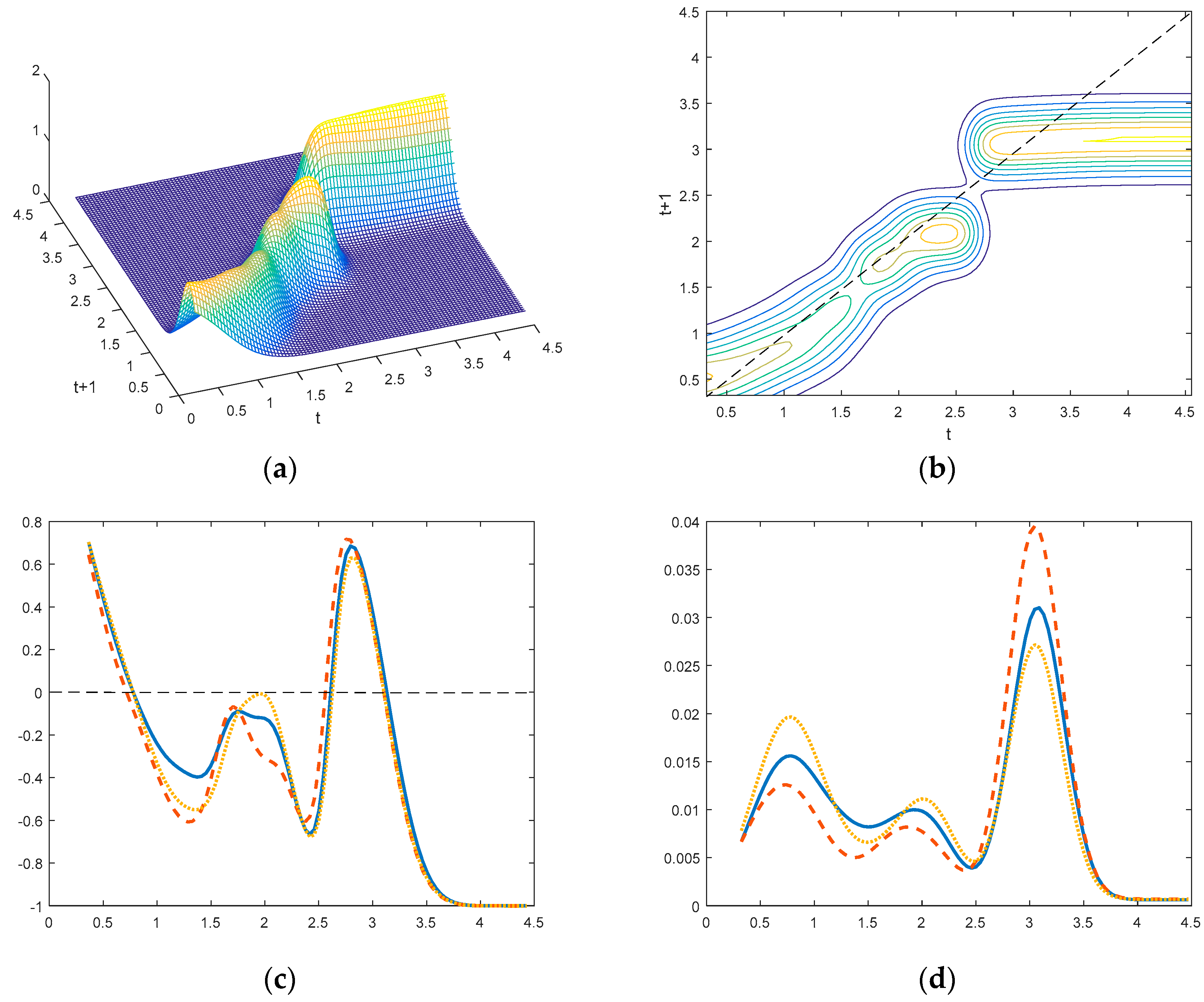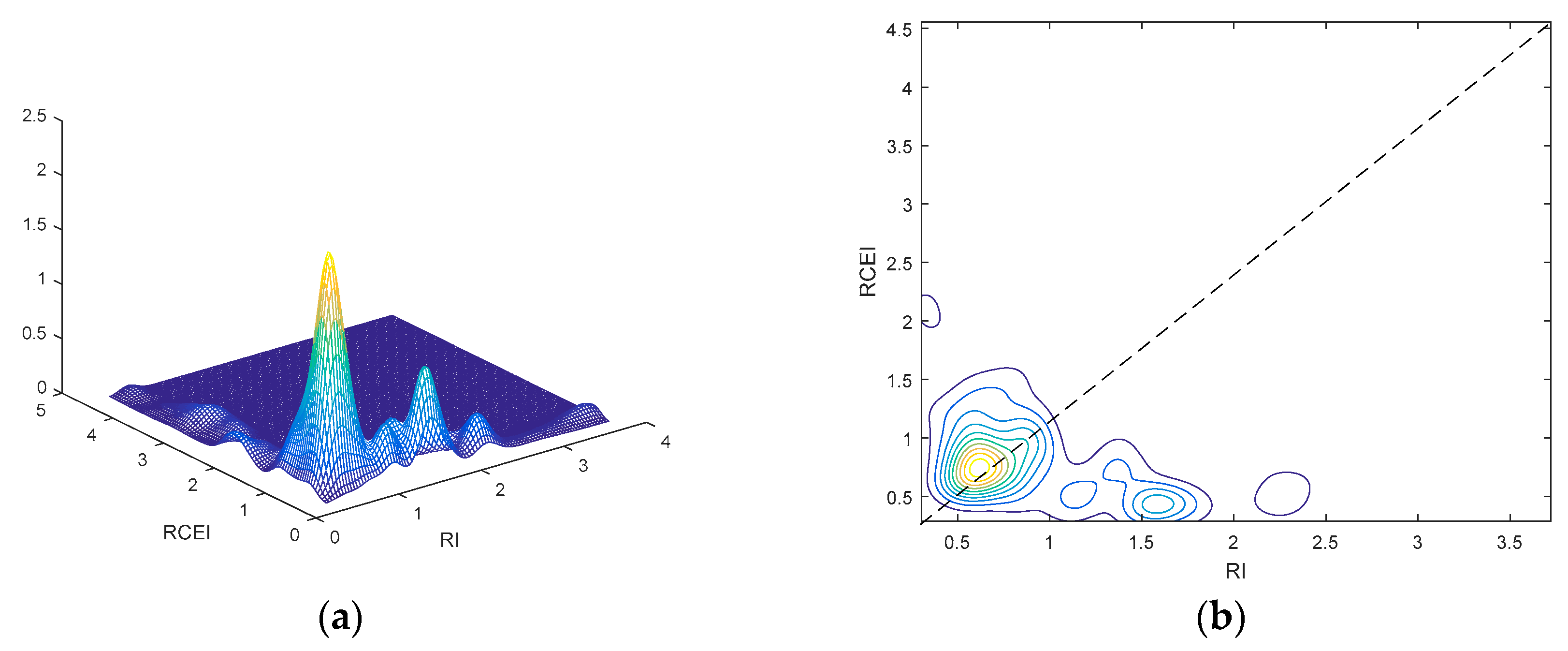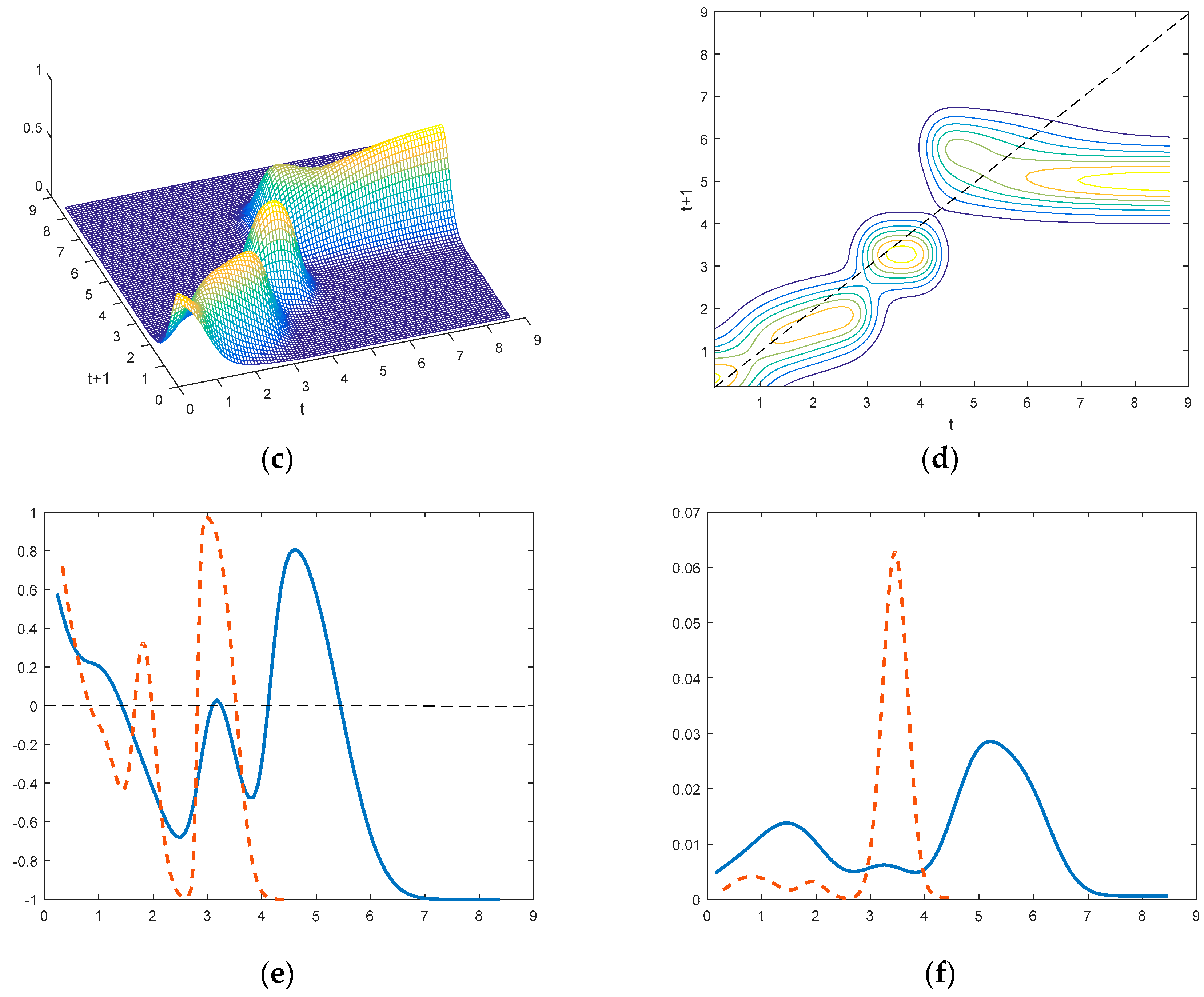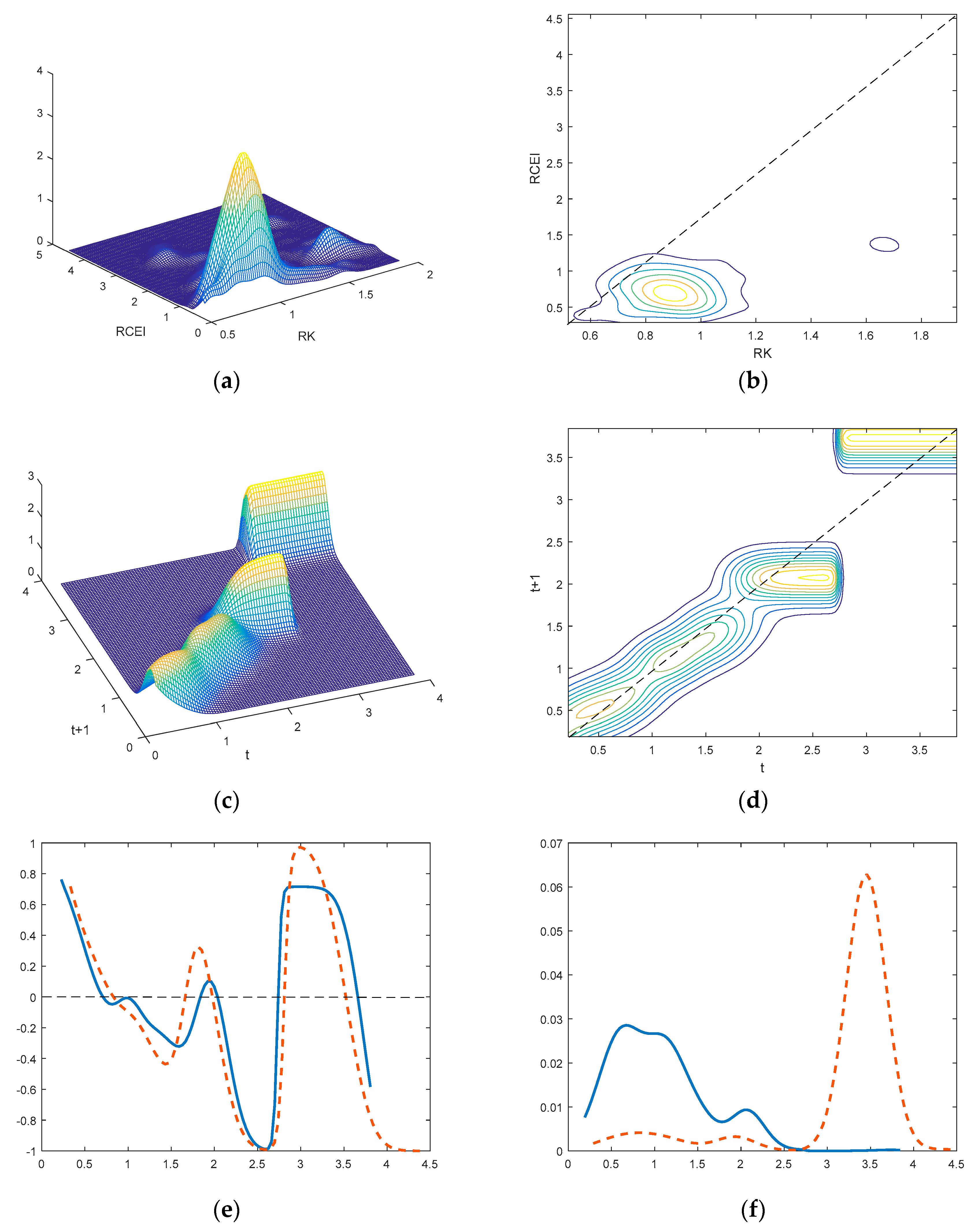1. Introduction
Under threat of global warming, CO2 emissions abatement has become one of the most important environmental concerns during the past decades. In 2007 China surpassed the United States to become the world’s largest CO2 emitter. The huge amount and rapid growth of CO2 emissions in China have attracted considerable attention from both policy-makers and researchers. Moreover, after decades of rapid economic growth, income growth has been accompanied by serious environmental deterioration. Obviously, the development model of the past decades is not sustainable and requires transformation and upgrading. The Chinese government is facing the problems of environmental degradation and international pressure to reduce CO2 emissions, and has taken actions to reduce CO2 emissions in recent development plans. For example, in the 2009 Copenhagen conference, the Chinese government pledged a CO2 emissions intensity (the ratio of CO2 emissions over GDP) reduction of 40%–45% from 2005 to 2020. In 2014, the government further promised to reach its carbon emissions peak before 2030.
Understanding the transitional dynamics and long-term trend of CO2 emissions is important for achieving greenhouse gas reduction. The convergence of CO2 emissions is a core concern of policy-makers. In China, the national CO2 emission reduction target is disaggregated on the provincial level in terms of emissions intensity. The convergence of CO2 emissions across provinces is expected and implies equity in CO2 abatement. Moreover, if the convergence is achieved without policy intervention, as indicated by the Environmental Kuznets Curve (EKC) paradigm, this implies that high emitters may reduce their emissions as the economy develops. On the contrary, lack of convergence in CO2 emissions may suggest inequity in CO2 abatement and cause damage to the credibility of local and national government in their efforts to reduce CO2 emissions. Moreover, it may also suggest a lack of technology diffusion across provinces.
The concept of convergence is derived from the neo-classical growth theory, which indicates that poor countries will catch up with rich countries due to diminished returns for capital. There are generally three types of convergence, namely σ-convergence, β-convergence, and stochastic convergence, which are most popularly tested in empirical studies. In terms of CO2 emissions, σ-convergence measures the dispersion changes in CO2 emission level over time. β-convergence implies the negative relationship between the initial CO2 emission level and subsequent growth rate, while stochastic convergence implies that the CO2 emission level in a region is relative to that of the economy as a whole and has a stationary trend. However, a negative coefficient between the initial CO2 emissions level and subsequent growth is a necessary but not sufficient condition for convergence. Thus the distribution dynamics approach suggests investigating the evolutionary trend of the variable in question. Thus the distribution dynamics use more information to measure the dynamic behavior of CO2 emissions level across regions. It can be taken as an upgraded examination of convergence.
There are already some studies that focus on the convergence behavior of CO
2 emissions across provinces in China [
1,
2,
3,
4,
5]. However, due to differences in emission variables (per capita CO
2 emissions or emissions intensity), sample periods, and econometric approaches, the empirical results in the existing literature remain inherently controversial. For example, Wang et al. found evidence of divergence in CO
2 emissions intensity [
3], while many others found evidence of convergence in per capita CO
2 emissions [
1,
2] and emissions intensity [
4,
5]. These studies use traditional approaches to examine the convergence in terms of per capita CO
2 emissions or emissions intensity. However, these traditional approaches, such as σ-convergence, β-convergence, and stochastic convergence, are based on models for average or representative economies, which help us understand the evolution of CO
2 emissions in general but provide little information for the distribution dynamics of CO
2 emissions across provinces [
6]. In addition, these approaches provide no information on the entire shape of the distribution and intra-distribution mobility, namely the relative position changes in terms of CO
2 emissions. Finally, Chinese provinces differ greatly in terms of economy and population size. For example, the economy and population of Guangdong, a southern province in China, are 43 and 16 times those of Ninxia Province, one of the northwestern Chinese provinces, respectively. The welfare effect of a one percent reduction in CO
2 emissions in Guangdong is much different from that in Ninxia. To the best of our knowledge, no study has yet examined the importance of the economy and population size in the convergence analysis of CO
2 emissions.
This paper, therefore, aims to investigate the spatial distribution dynamics of CO2 emissions intensity across 30 Chinese provinces. Our analysis differs from those in the existing literature in several aspects: First, we adopt a continuous dynamic distribution approach to examine the dynamic behavior of CO2 emissions in China. The advantage of this approach is that it can provide a dynamic law for the entire shape of the distribution for CO2 emissions across provinces. For example, it can provide detailed information about persistence, stratification, and polarization in the distribution dynamic process. Moreover, we use a net transition probability approach to provide more accurate measurements for convergence. Second, the impact of economic and population sizes are considered in the analysis, which is important in policy-making in China. Third, this paper also explores the factors that may influence the distribution dynamics of CO2 emissions intensity in China using a combination of a joint distribution approach and a conditional distribution approach. This further provides information on the formation of convergence clubs.
This paper uses CO2 emissions intensity instead of per capita CO2 emissions in the analysis. Focusing on CO2 emissions intensity has several advantages. First, as a developing country, achieving economic growth and environmental protection are both goals for China in the long run. CO2 emissions intensity is a better indicator of the trade-off between economic growth and environmental protection than per capita CO2 emissions. It encourages both economic growth and CO2 emissions reduction in the production process. Second, CO2 emissions reduction targets in China are based on emissions intensity rather than per capita emissions. Thus an examination of the distribution dynamics of CO2 emissions intensity will have important policy implications. For example, regions with high emissions intensity and an increasing tendency in their relative emissions intensity should have more stringent regulations imposed on them than regions with low emissions intensity. Finally, emissions intensity can be taken as a measure of emissions efficiency and technology to some degree. Thus the convergence in CO2 emissions intensity may suggest the existence of technology spillover and a catch-up effect among Chinese regions. Encouraging technology spillover and efficiency improvement are the most cost-effective ways to achieve sustainable development targets in China.
The remainder of this paper is organized as follows.
Section 2 presents a review of the related literature.
Section 3 presents the methodology.
Section 4 describes the data.
Section 5 presents the empirical results and discussions.
Section 6 further examines the determinants of the distribution dynamics using a conditional distribution approach.
Section 7 provides concluding remarks and discussions of policy implications.
2. Literature Review
With the increasing concern about global climate change, whether CO
2 emissions converge or diverge attracts much attention from researchers. However, what is the mechanism behind the convergence in CO
2 emissions? Many studies examine the possible existence of an inverted U-shaped relationship known as an Environmental Kuznets Curve (EKC) between economic development and environmental pollution (including CO
2 emissions). The rationale behind the EKC is complicated in terms of underlying driving forces. Improvement in technology and energy efficiency, increased environmental awareness, and enforcement of environmental regulations are forces that may reduce environmental pollution [
7]. Supposing that EKC exists, it is easy to conclude that CO
2 emissions would converge over time. In the current literature, many theoretical models try to explain the mechanisms behind EKC [
7,
8,
9].
The empirical research on the convergence of CO
2 emissions focuses heavily on both the international level across nations and the regional level within a specific country. Strazicich and List first examine the convergence behavior of CO
2 emissions across countries [
10]. They investigate both stochastic and conditional convergences of per capita CO
2 emissions across 21 industrial countries using panel unit root tests and cross-sectional regressions. They find evidence for convergence in these industrial countries. Following this work, a growing body of literature examined the convergence of CO
2 emissions across countries using different sampling and estimation approaches. The first strand of literature uses traditional parametric approaches [
11,
12,
13,
14,
15,
16,
17,
18,
19]. This strand of literature examines the existence of absolute, conditional, and stochastic convergence. However, the estimation results are sensitive to the choice of econometric approaches and datasets [
17]. Moreover, the traditional approaches only provide limited information on the convergence. For example, β-convergence shows what happens to its mean, while σ-convergence only indicates the dispersion. The second strand of literature adopts nonparametric approaches [
20,
21,
22,
23,
24,
25]. Compared with the first strand of literature, the second strand of literature not only provides information for the convergence, but also highlights the dynamic law of the entire distribution shape for CO
2 emissions across countries, in particular the existence and formation of convergence clubs.
The huge amount of CO
2 emissions in China has also attracted a great deal of attention in recent years. Huang and Meng examine the convergence of per capita CO
2 emissions in urban China using a parametric model with spatial–temporal specifications [
1]. Their results show evidence of convergence for the period 1985–2008. Using the log
t test, Wang et al. found evidence for divergence at the country level and three convergence clubs in terms of CO
2 emissions intensity for the period 1996–2011 [
3]. Wang and Zhang studied the β-convergence, stochastic convergence, and sigma convergence of per capita CO
2 emissions in six sectors across 28 provinces in China for the period 1996–2010 [
2]. Their results indicated convergence in all sectors across the provinces. Hao et al. examined the convergence of CO
2 emissions intensity with provincial data for the period 1995–2011. They verified stochastic convergence and β-convergence among Chinese provincial samples [
4]. Using a spatial dynamic panel data model, Zhao et al. examined the convergence of CO
2 emissions intensity across 30 provinces for the period 1990–2010. Their results supported the existence of convergence in CO
2 emissions intensity [
5]. Instead of per capita CO
2 emissions and CO
2 emissions intensity, Li and Lin examined the convergence of energy efficiency with CO
2 emissions with provincial panel data [
26].
The conclusions of existing studies on the convergence of CO2 emissions in China are diverse due to the different estimation approaches and samples. As mentioned previously, the traditional convergence approaches have many limitations in estimating the spatial dynamic behavior of CO2 emission distribution across countries or regions. They provide no information on the intra-distribution dynamics, which may be valuable both theoretically and empirically. For example, multimodality found in the long-run steady state may imply the existence of multiple equilibria in the evolution of CO2 emissions. Therefore, instead of a single mechanism of the EKC, models of multiple equilibria are expected to shed light.
7. Conclusions and Policy Implications
This paper examines the distribution dynamics of CO2 emissions intensity across 30 provinces for the period 1995–2014. Different from existing studies, this paper adopts a weighted distribution dynamics approach, accounting for both economy and population size. Moreover, we use a combination of a joint distribution approach and a conditional distribution approach to examine the determinants of the distribution dynamics of CO2 emissions intensity.
The result shows that Chinese provincial CO
2 emissions intensity has a dispersion trend in general. This dispersion is mainly driven by the increase of CO
2 emissions intensity in the western region relative to the eastern and central regions. The paper finds more persistence in provinces with low CO
2 emissions intensity and more mobility in provinces with high CO
2 emissions intensity. Convergence clubs can be observed in the long-run steady state. The intra-distribution dynamics shows that most provinces converge into the high CO
2 emissions intensity end. This indicates the deterioration in the evolution trend of CO
2 emissions intensity. In general, different from existing studies [
1,
2,
3,
4,
5], our findings show that divergence, polarization, and stratification are the dominant characteristics in the distribution dynamics of CO
2 emissions intensity across Chinese provinces. Weighting by economy and population sizes has a significant impact on the distribution dynamics of CO
2 emissions intensity. It increases the peak in the high CO
2 emissions intensity end, but reduces the peak in the low CO
2 emissions intensity end. Neglecting economic and population sizes may underestimate the deterioration in the long-run steady state. The analysis of the two sub-periods shows that the deterioration is more significant in the sub-period 2005–2014 than in the sub-period 1995–2005. The conditional analysis indicates that conditioning on space and income cannot eliminate the multimodality in the ergodic distribution, implying that the convergence clubs in the long-run steady state are not determined by space and income in general. However, the result shows that capital intensity has a significant impact on the formation of convergence clubs in the high CO
2 emissions intensity end.
The results of this paper have important policy implications. First, the lack of convergence and the existence of convergence clubs in the distribution of CO2 emissions intensity show that the market itself cannot automatically reduce environmental pollutants. Policies focused on technological spillover and industry upgrading are required to promote convergence in CO2 emissions intensity. For example, Ninxia, which had the highest CO2 emissions intensity in recent years, has a large share of heavy industries, such as coal mining, metallurgy, and mechanical industry. Therefore, technological progress and industry upgrading are the most efficient way to reduce CO2 emissions intensity. Second, in China, CO2 emissions reduction targets are assigned at the provincial level. However, provinces differ greatly in terms of their economy and population sizes. Hence, economy and population sizes should be considered in policy-making. Considering the deterioration in the intra-distribution of CO2 emissions intensity, the central government should assign tougher targets to those provinces that have a tendency to increase their relative CO2 emissions intensity, particularly those with a high CO2 emissions intensity.

